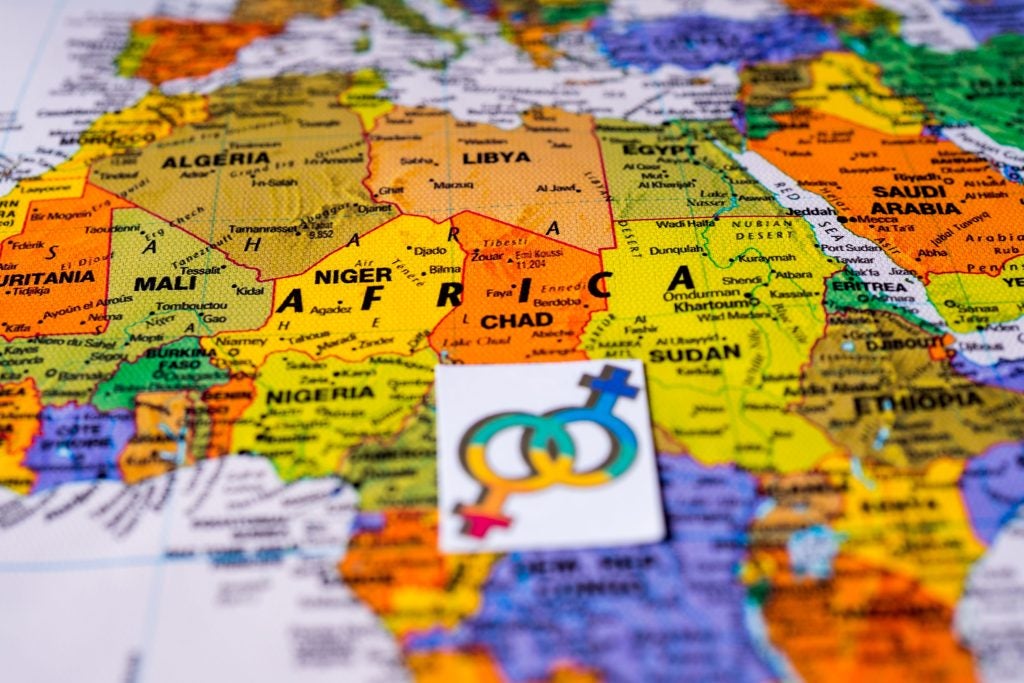Clinical Trials Arena lists five of the most popular tweets on immunology in Q1 2022 based on data from GlobalData’s Pharmaceuticals Influencer Platform.
The top tweets are based on total engagements (likes and retweets) received on tweets from more than 150 immunology experts tracked by GlobalData’s Pharmaceuticals Influencer platform during the first quarter (Q1) of 2022.
The most popular tweets on immunology in Q1 2022: Top five
1. Dr. Dave Stukus’ tweet on avoiding unproven diagnostic tests for evaluating allergies
David Stukus, assistant professor of paediatrics at the Nationwide Children’s Hospital, Columbus, tweeted on the need for appropriate diagnosis and treatment for food allergies. He stated that food allergies should be diagnosed based on a careful history detailing the symptoms that may appear after consumption of a particular food. He shared guidelines on avoiding unproven diagnostic tests, such as immunoglobulin G(lgG) test or an indiscriminate battery of immunoglobulin E(lgE) test for evaluating allergies, as they can lead to inappropriate diagnosis and treatment.
The guidelines further noted that lgE testing should be performed only after carefully examining the history of symptoms that are consistent with potential lgE-meditated reaction to eating a particular food. The pre-test probability for the detection of food allergy is low when there is no suggestive history of such symptoms. False or clinically irrelevant positive results for food allergies have become common, which is contributing to the unnecessary avoidance of foods and wasted healthcare resources.
Username: Dr. Dave Stukus
How well do you really know your competitors?
Access the most comprehensive Company Profiles on the market, powered by GlobalData. Save hours of research. Gain competitive edge.

Thank you!
Your download email will arrive shortly
Not ready to buy yet? Download a free sample
We are confident about the unique quality of our Company Profiles. However, we want you to make the most beneficial decision for your business, so we offer a free sample that you can download by submitting the below form
By GlobalDataSee Also:
Twitter handle: @AllergyKidsDoc
Likes: 171
Retweets: 39
2. Dr Ai Lyn Tan’s tweet on the effect of exercise on cytokines
Dr Ai Lyn Tan, director of research and innovation at the Leeds Teaching Hospitals NHS Trust, shared a research paper on exercise causing physiological alterations in the human immune system with characteristic cytokine responses. The research focused on understanding the role played by cytokine signalling in the activation of the immune system in response to exercise. It also focused on how exercise-induced cytokine expression regulates inflammation and the immune response, and the importance of exercise-induced cytokine production for maintaining musculoskeletal health and how it is altered in disease.
Cytokines are produced throughout the human body, but in the context of exercise, the skeletal muscle is the primary source of cytokines, and these muscles produce cytokines in response to tightening, the research highlighted. More than 3,000 of these cytokines, referred to as ‘myokines’, are produced by myocytes and include interleukin 6 (IL-6), IL-7, IL-15 and myostatin.
Results from the study found that there is a marked increase in muscle-derived IL-6, which despite being regarded as a potent pro-inflammatory cytokine in various chronic musculoskeletal conditions, helps trigger an anti-inflammatory immune response in exercise. Researchers believe that this interaction between exercise and associated cytokine profile will help open new therapeutic avenues in the immunobiology and sports medicine fields.
Username: Dr Ai Lyn Tan
Twitter handle: @DrAiLynTan
Likes: 109
Retweets: 37
3. J Immunol’s tweet on persistence of T cell and antibody (Ab) responses to SARS-CoV-2
J Immunol, an official journal of the American Association of Immunologists, shared a study on memory T cells persisting following a single infection with SARS-CoV-2 virus, with altered cytokine and cytotoxic profile compared to long-term memory in influenza. The study examined T cell and Ab responses in 24 non-hospitalised people who had recovered from SARS-CoV-2 infection at two memory time points. Ab responses to SARS-CoV-2 peptides were identified in 95% of the subjects, while T cell responses were found in all study subjects.
The study further revealed that CD4+ (glycoprotein) responses were primarily of the Th1 phenotype, but with a lower ratio of IFN-γ (interferon gamma, a cytokine) to IL-2 (interleukin, a type of cytokine) producing cells and a lower frequency of CD8+:CD4+ T cells than in the influenza A virus (IAV)-specific memory responses in the same individuals. A further analysis of secreted molecules also found a lower ratio of IFN-γ to IL-2 and a changed cytotoxic profile for SARS-CoV-2 spike protein and nucleocapsid-specific responses compared to IAV-specific responses. The results showed that the memory T cell phenotype following a single SARS-CoV-2 infection continued over time, with a changed cytokine and cytotoxicity profile compared to long-term memory to whole IAV in the same subjects.
Username: J Immunol
Twitter handle: @J_Immunol
Likes: 108
Retweets: 48
4. Dr. John J. Cush’s tweet on infectious mimics of rheumatoid arthritis (RA)
Dr. John J. Cush, a rheumatologist, shared a study that found that infectious mimics of RA included viruses such as Parvovirus B19, Hepatitis B, Hepatitis C, Chikungunya and other alphaviruses including human immunodeficiency virus (HIV), apart from mycobacterial infections. Researchers claim that travel and tourism, and excessive use of immunosuppressive and chemotherapeutic agents, are some of the factors that have led to infectious outbreaks in places where such infections were not reported earlier. Rheumatologists are examining musculoskeletal manifestations of infections, including symptoms such as concomitant fever, skin rash, urethral discharge, genital ulcers, lymphadenopathy, tenosynovitis, low platelet count, and a positive Mantoux test.
Some of the commonly used diagnostic procedures include serological testing, cultures, specific radiological signs, and deoxyribonucleic Acid (DNA) amplification methods. Meanwhile, treatments for such infections include antimicrobial agents, analgesics, and nonsteroidal anti-inflammatory drugs (NSAIDs). Immunosuppressive agents such as steroids and disease modifying anti-rheumatic drugs (DMARDs), however, are required in the case of different refractory and prolonged diseases. Arthritis is self-limiting and responds to treatment of underlying causes, although some infections such as Chikungunya and Lyme’s disease may lead to chronic arthritis, according to the study.
Username: Dr. John Cush
Twitter handle: @RheumNow
Likes: 46
Retweets: 12
5. Dr. Bruno Ramos Molina’s tweet on NLRP3 activation causing NASH-like inflammation and fibrosis
Dr. Bruno Ramos Molina, principal investigator at Murcian Institute of Biosanitary Research (IMIB), shared a research on how the activation of the NOD-like receptor protein 3 (NLRP3) causes spontaneous inflammation and fibrosis that imitates the human non-alcoholic steatohepatitis (NASH). The study examined the changes in parenchymal and nonparenchymal liver cell expression of genes that accompany inflammation and fibrosis. It found that NLRP3 activation caused chronic extramedullary myelopoiesis, characterised by myeloid progenitors that distinguish between proinflammatory neutrophils, monocytes, and monocyte-derived macrophages.
The study also revealed a marked increase in Ly6cHI monocytes separating into monocyte-derived macrophages that express transcriptional programmes similar to macrophages of NASH models. NLRP3 activation further caused down-regulation of the metabolic pathways in hepatocytes and shifted hepatic stellate cells toward an activated profibrotic state. Researchers claim that the current data supports the notion that NLRP3-induced methods can be used to explore therapeutic targets in NASH-like inflammation.
Username: Bruno Ramos-Molina, PhD
Twitter handle: @Brunorm84
Likes: 23
Retweets: 7









